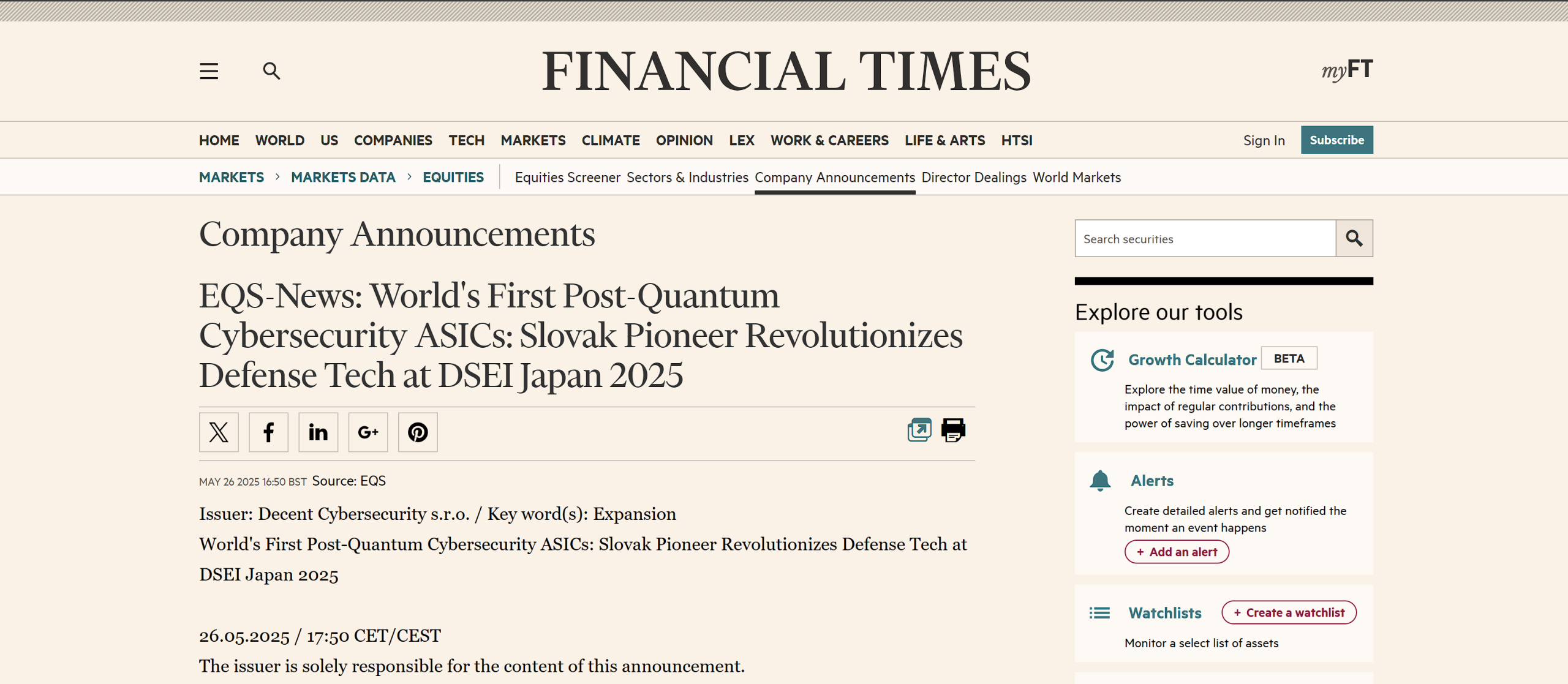Poland has released its most ambitious and comprehensive National Digital Strategy, outlining the country’s digital transformation vision through 2035. The strategy, released for public consultation, represents a paradigm shift in how Poland approaches digitalization, moving beyond simple e-government services to encompass a complete digital transformation of society, economy, and public administration.
Strategic Vision and Core Objectives
The strategy presents an integrated approach to digital transformation, focusing on four key pillars: digital infrastructure, cybersecurity, digital competencies, and technological innovation. “This strategy represents Poland’s most ambitious digital transformation plan to date,” states Krzysztof Gawkowski, Minister of Digitalization. “We are not just digitizing services; we are fundamentally transforming how our society and economy function in the digital age.”
The document outlines several ambitious targets for 2035, including:
- Universal access to high-speed internet
- Complete digital transformation of public services
- Development of quantum computing capabilities
- Creation of a robust AI ecosystem
- Enhanced cybersecurity infrastructure
Cybersecurity and Digital Defense
A significant portion of the strategy focuses on cybersecurity, reflecting Poland’s position as one of the most frequently targeted countries for cyberattacks. “Poland faces unprecedented levels of cyber threats, with state-sponsored attacks increasing by 300% in the past year alone,” Gawkowski emphasized during a recent parliamentary session. “We are allocating over 3 billion zlotys for our ‘Cyber Shield’ program to protect our critical infrastructure and digital assets.”
Digital Infrastructure Development
The strategy places strong emphasis on developing robust digital infrastructure. This includes:
- Expansion of 5G networks nationwide
- Development of edge computing capabilities
- Implementation of quantum-resistant cryptography
- Creation of new data centers
- Enhancement of cloud computing infrastructure
Technological Innovation and AI Development
The strategy outlines ambitious plans for technological advancement, particularly in emerging fields like artificial intelligence, quantum computing, and blockchain technology. “Poland’s future competitiveness depends on our ability to not just adopt but innovate in these crucial technologies,” Gawkowski stated during the strategy’s presentation.
Digital Competencies and Education
A key focus area is the development of digital skills across all segments of society. The strategy acknowledges current challenges, with only 44% of Polish citizens possessing basic digital skills compared to the EU average of 56%. Comprehensive programs are planned to address this gap.
International Cooperation and European Integration
The strategy aligns with EU’s Digital Decade goals while addressing specific Polish needs. “We are positioning Poland as a key player in Europe’s digital transformation,” Gawkowski explained. “Our strategy goes beyond EU requirements, setting more ambitious targets that reflect our potential and aspirations.”
Implementation Framework
The strategy outlines a detailed implementation framework, including:
- Creation of a central coordination body
- Establishment of digital transformation offices in all ministries
- Regular monitoring and evaluation mechanisms
- Flexible adaptation pathways to accommodate technological changes
Funding and Resource Allocation
The strategy envisions significant investment in digital transformation, with funding coming from multiple sources:
- National budget allocations
- EU structural funds
- Private sector partnerships
- Public-private partnerships
Challenges and Risk Mitigation
The strategy acknowledges several challenges:
- Cybersecurity threats
- Digital skills gap
- Infrastructure development costs
- Technological dependencies
“We must be realistic about the challenges while remaining ambitious in our goals,” Gawkowski noted. “This strategy provides a framework for addressing these challenges systematically.”
Future Outlook
The strategy sets a clear vision for Poland’s digital future, aiming to position the country as a digital leader in Europe by 2035. “This is not just about digitalization; it’s about ensuring Poland’s sovereignty and competitiveness in the digital age,” Gawkowski concluded during the strategy’s public presentation.
Expert Perspectives
Cybersecurity experts and industry leaders have welcomed the strategy’s comprehensive approach. “The strategy addresses critical aspects of digital transformation while maintaining a strong focus on security and sovereignty,” notes Matej Michalko, Founder and Chairman of Decent Cybersecurity. “The emphasis on quantum-resistant cryptography and blockchain technology aligns with emerging global security needs.”
The strategy is currently under public consultation, with implementation expected to begin in early 2025. Its success will depend on effective coordination between various stakeholders and sustained commitment to its ambitious goals.





